Home>diy>Building & Construction>How To Do A Takeoff In Construction
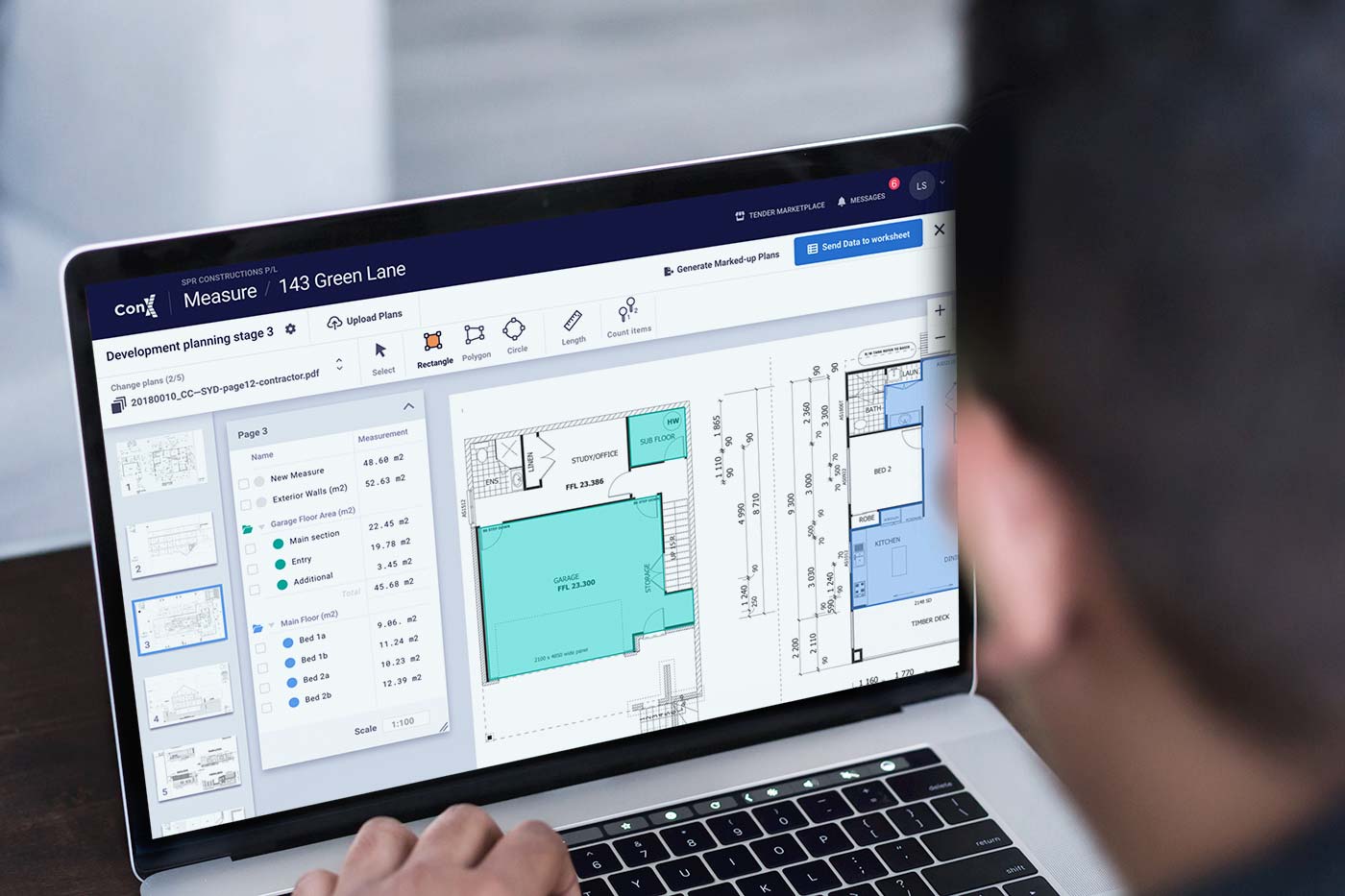

Building & Construction
How To Do A Takeoff In Construction
Modified: January 9, 2024
Learn how to efficiently perform a takeoff in building construction with our comprehensive guide. Increase accuracy and save time with our step-by-step instructions and tips.
(Many of the links in this article redirect to a specific reviewed product. Your purchase of these products through affiliate links helps to generate commission for Storables.com, at no extra cost. Learn more)
Introduction
Welcome to the exciting world of construction takeoff! In the building construction industry, a takeoff is a crucial part of the project estimation process. It involves quantifying and measuring various materials, labor, and equipment needed for a construction project. A well-executed takeoff lays the foundation for accurate cost estimation, project planning, and successful project completion.
In this article, we will guide you through the process of performing a comprehensive takeoff in construction. Whether you are a seasoned professional or just starting out in the industry, having a solid understanding of the takeoff process will undoubtedly benefit you in your construction projects.
Before we dive into the nitty-gritty details, let’s discuss the basics of construction takeoff and why it is essential. A takeoff helps contractors, project managers, and construction companies evaluate the scope of work, determine material quantities, estimate labor requirements, and calculate project costs. It allows them to efficiently plan and allocate resources, reducing the risk of over or underestimating project needs.
Accuracy is paramount when it comes to construction takeoffs. Any miscalculations or omissions can lead to delays, cost overruns, and potential disputes. That’s why it is crucial to follow established best practices and utilize technology tools to assist you in the process.
In the following sections, we will explore the important steps involved in performing a construction takeoff. We will discuss the preparation required, the documents and plans needed, and the methods for estimating quantities and measurements accurately. Additionally, we will explore how technology tools have revolutionized the takeoff process, making it more efficient and accurate than ever before.
By the end of this article, you will have a solid understanding of how to perform a successful takeoff in construction. So, let’s get started and unlock the secrets to accurate and efficient takeoffs!
Key Takeaways:
- Construction takeoffs are essential for accurate cost estimation, project planning, and resource allocation. Utilizing technology tools and thorough preparation are crucial for successful and efficient takeoff processes.
- Accurate measurement, precise estimation, and thorough review of takeoff results are vital for creating winning bid proposals. Embracing technology and staying updated with industry trends are key to success in construction takeoffs.
Read more: What Is A Construction Takeoff
Understanding the Basics of Construction Takeoff
In construction, a takeoff is the process of analyzing construction blueprints, plans, and specifications to determine the quantity and measurement of materials, labor, and equipment required for a project. It is a vital step in project estimation and helps contractors and construction professionals accurately estimate project costs and plan for the execution of the project.
During a takeoff, the construction professional systematically reviews all aspects of the project, such as the size and layout of the structure, the types of materials required, and the labor needed to complete the project. By carefully examining the plans, the construction professional identifies all the individual components of the project, calculates the quantity needed for each item, and determines the related costs.
Typically, a construction takeoff involves the measurement and estimation of various components, including but not limited to:
- Materials: This includes everything from concrete, steel, lumber, and roofing materials to pipes, electrical wiring, and fixtures needed for the project.
- Labor: The takeoff also considers the labor required to complete different aspects of the project, including various trades like carpentry, plumbing, electrical, and masonry.
- Equipment: Depending on the project, there may be a need for heavy machinery, tools, and specialized equipment. The takeoff examines the equipment required and factors in any rental costs or labor associated with operating the machinery.
Accuracy is crucial when it comes to performing a construction takeoff. A small miscalculation or oversight can have significant consequences for the project’s budget, timeline, and overall success. Therefore, it is essential to have a thorough understanding of the project plans and specifications, as well as the ability to accurately measure and quantify the required materials and resources.
Construction professionals often use specialized software and tools to assist them in the takeoff process. These tools allow for precise measurement, automatic calculations, and the ability to generate comprehensive reports and cost estimates. Utilizing technology can save time, reduce errors, and improve the overall efficiency of the takeoff process.
Now that we have a basic understanding of what a construction takeoff entails, the next step is to prepare for the takeoff process. In the following section, we will explore the necessary steps and preparations before performing a takeoff, ensuring a smooth and successful execution of the project.
Preparing for the Takeoff Process
Before diving into the construction takeoff process, it’s essential to lay the groundwork for an efficient and accurate analysis of the project. Proper preparation ensures that you have all the necessary documents, tools, and resources required to perform a detailed takeoff. Here are some key steps to consider in the preparation phase:
- Review Project Plans: Start by thoroughly reviewing the project plans, blueprints, and specifications. Familiarize yourself with the scope of work, project requirements, and any unique aspects of the project. This will help you better understand the project and the components that need to be quantified during the takeoff.
- Clarify Any Ambiguities: If you come across any ambiguities or uncertainties in the project plans, it’s crucial to seek clarification from the project team or the architect. The goal is to address any potential confusion before proceeding with the takeoff to ensure accurate measurements and estimations.
- Organize the Documentation: Create a well-organized system for storing and accessing all project documentation. This includes the plans, specifications, material lists, and any other relevant documents. By organizing these files, you can easily reference them during the takeoff process, saving time and reducing errors.
- Set Up a Work Area: Dedicate a specific area where you can comfortably work on the takeoff. Make sure you have sufficient space to lay out plans and documents, as well as access to any necessary technology tools. A clean and organized work area will help you focus and stay productive during the takeoff.
- Check Your Tools: Ensure that you have all the tools you need to perform the takeoff accurately. This can include measuring instruments, scales, calculators, and any specialized software or technology tools you plan to use. Make sure your tools are in good working condition, calibrated if necessary, and readily accessible.
- Allocate Adequate Time: Construction takeoffs require time and focus. It’s essential to allocate sufficient time for the takeoff process, allowing for careful analysis and accurate calculations. Rushing through the takeoff can lead to mistakes and inaccuracies, so plan accordingly and allow for any unexpected delays.
Properly preparing for the takeoff process sets the stage for a successful analysis of the project. It ensures that you have all the necessary resources, knowledge, and clarity required to perform an accurate takeoff. By investing time and effort in the preparation phase, you increase the chances of producing a comprehensive and precise estimate for the project.
Now that you are fully prepared for the takeoff process, the next step is to gather the necessary documents and plans. In the following section, we will explore the essential documents needed for a construction takeoff, enabling you to proceed with confidence.
Gathering the Necessary Documents and Plans
Performing a construction takeoff requires access to a variety of documents and plans that provide detailed information about the project. These documents serve as the foundation for accurately estimating quantities, measurements, and costs. Here are the essential documents you need to gather before starting the takeoff process:
- Construction Drawings: The construction drawings, also known as blueprints, are the visual representations of the project. These drawings provide detailed information about the layout, dimensions, and specifications of the structure. They include architectural, structural, electrical, mechanical, and plumbing drawings, among others. Reviewing these drawings is crucial to understanding the project scope and identifying the components that need to be measured and estimated.
- Specifications: Project specifications accompany the construction drawings and provide additional details about the materials, finishes, and quality standards for various elements of the project. These specifications help determine the specific types of materials that will be used and any special requirements that need to be considered during the takeoff process.
- Bill of Quantities (BOQ): The BOQ is a detailed document that lists all the materials, labor, and equipment required for each element of the project. It provides a comprehensive breakdown of the quantities, measurements, and costs associated with various items. Reviewing the BOQ is essential to ensure that all necessary components are included in the takeoff analysis and cost estimation.
- Scope of Work: The scope of work outlines the specific tasks and activities that need to be completed as part of the project. It clarifies the responsibilities of the contractor and any subcontractors involved, as well as the timeline for completion. Understanding the scope of work helps in identifying the labor requirements and estimating the resources needed for each task during the takeoff process.
- Addenda and Change Orders: Throughout the course of the project, there may be addenda or change orders that modify the original plans and specifications. These documents provide important updates and revisions that need to be considered during the takeoff process. Be sure to review and incorporate any addenda or change orders to ensure accuracy in the estimation and measurement of project components.
Gathering these documents and plans is an essential preliminary step in the construction takeoff process. Having access to accurate and up-to-date information ensures that your takeoff analysis is thorough and reliable. It is also essential to maintain organized digital or physical copies of these documents for future reference and to facilitate collaboration with the project team.
With the necessary documents and plans in hand, you are now ready to move on to the next step of the construction takeoff process: estimating quantities and measurements. In the following section, we will explore various methods and techniques for accurately quantifying project requirements.
Estimating Quantities and Measurements
Estimating quantities and measurements is a critical aspect of the construction takeoff process. It involves accurately determining the amount of materials, labor, and equipment required for each component of the project. Here are some key considerations and techniques to help you estimate quantities and measurements effectively:
- Break Down the Project: Start by breaking down the project into its individual components. Review the construction drawings, specifications, and BOQ to identify each item that needs to be measured and estimated. This could include walls, floors, ceilings, windows, doors, electrical wiring, plumbing fixtures, and more. Breaking down the project helps you focus on each element and ensure that nothing is overlooked.
- Measurements: Take precise measurements of each component using the construction drawings and specifications as references. Utilize measuring tools such as tape measures, laser levels, or digital measurement devices to ensure accuracy. Measure dimensions, angles, and any other necessary parameters to determine the exact quantities needed for each item.
- Consider Waste and Allowances: When estimating quantities, it’s important to account for waste and allowances. Construction material waste can occur due to cutting errors, breakage, or extra materials needed for proper installation. Allowances account for variations in measurements or unexpected changes during construction. Research industry standards or consult with experienced professionals to determine appropriate waste and allowance percentages for each material or component.
- Utilize Formulas and Conversion Factors: For complex geometries or irregular shapes, formulas and conversion factors can help determine accurate measurements and quantities. For example, the formula for calculating the area of a triangle or circle can be used when estimating quantities of flooring or landscaping materials. Conversion factors can help convert measurements from one unit to another, ensuring consistency and accuracy.
- Leverage Technology Tools: Take advantage of technology tools specifically designed for construction takeoffs. These tools enable you to efficiently measure and quantify project components, automatically calculate quantities, and generate detailed reports. Some popular takeoff software options include On-Screen Takeoff, Bluebeam, and PlanSwift. These tools enhance accuracy, reduce manual errors, and streamline the estimation process.
Remember, attention to detail is crucial when estimating quantities and measurements during a construction takeoff. Double-check your measurements, review the plans and specifications, and validate your calculations to ensure accuracy. Additionally, consider collaborating with colleagues or engaging with industry experts to verify your estimations and cross-reference quantities.
Once you have accurately estimated the quantities and measurements for each component, you are ready to move on to the next step in the takeoff process: utilizing technology tools for efficient takeoffs. In the following section, we will delve into the various software and applications available to streamline and enhance your construction takeoff process.
When doing a takeoff in construction, make sure to carefully review the project plans and specifications to accurately quantify the materials and labor needed for the project. Double-check your measurements to avoid any errors.
Read more: What Are Blueprint Takeoffs
Using Technology Tools for Efficient Takeoffs
Advancements in technology have revolutionized the construction industry, and the takeoff process is no exception. Today, there are numerous software applications and technology tools available that streamline and enhance the efficiency of construction takeoffs. These tools offer features such as digitized plans, automated calculations, and seamless integration with other project management software. Here are some popular technology tools to consider for efficient construction takeoffs:
- Cloud-Based Takeoff Software: Cloud-based takeoff software allows you to access project plans and collaborate with team members from anywhere with an internet connection. It eliminates the need for manual plan printing and enables real-time updates and annotations. Examples of cloud-based takeoff software include PlanSwift, STACK, and ProEst.
- Digital Plan Viewing Tools: Digital plan viewing tools eliminate the hassle of handling physical plans and enable you to navigate and zoom in on specific areas of interest. These tools allow you to take measurements electronically, create annotations, and easily share plans with other stakeholders. Bluebeam Revu, PlanGrid, and Autodesk BIM 360 are popular digital plan viewing tools.
- Estimating Software: Estimating software combines the functionalities of takeoff and cost estimation, streamlining the entire bidding process. These tools allow you to import digitized plans, perform detailed takeoffs, assign costs to items, and generate comprehensive reports and bid proposals. Some popular estimating software options include Sage Estimating, Procore, and Trimble Accubid.
- Building Information Modeling (BIM): BIM software enables a collaborative approach to project planning and execution, enhancing coordination between various construction disciplines. With BIM, you can create a 3D model of the project and extract measurements, quantities, and other data directly from the model. Autodesk Revit, ArchiCAD, and Tekla Structures are widely used BIM software applications.
- Mobile Apps: Mobile apps offer on-the-go access to construction plans and takeoff tools. With mobile apps, you can easily view, measure, and annotate plans on your smartphone or tablet. Some apps even allow you to collaborate with team members, sync data across devices, and export measurements and reports. PlanGrid, Fieldwire, and PlanViewer are popular mobile apps for construction takeoffs.
By utilizing technology tools, you can significantly improve the efficiency and accuracy of your construction takeoffs. These tools eliminate manual errors, ensure consistent measurements, and save time by automating calculations and generating reports. While each tool has its own unique features and capabilities, selecting the right tools depends on your specific needs, budget, and preferences.
Remember, technology tools are meant to enhance your skills as a construction professional, not replace your expertise. It’s important to have a solid understanding of the takeoff process and be able to verify the results generated by the software. Technology tools are a valuable asset to supplement your knowledge and skills, ultimately enabling you to perform efficient and accurate takeoffs.
With the takeoff process streamlined and accelerated through technology, you can now move on to the next step: analyzing and reviewing the takeoff results. In the next section, we will explore the crucial process of thoroughly examining the takeoff results and ensuring their accuracy.
Analyzing and Reviewing the Takeoff Results
Once you have completed the construction takeoff using either manual methods or technology tools, it is crucial to analyze and review the results to ensure their accuracy. This step involves carefully examining the quantities, measurements, and cost estimates generated during the takeoff process. Here are some key steps to help you analyze and review the takeoff results:
- Double-Check Measurements: Start by double-checking all measurements and quantities. Compare them against the construction drawings, specifications, and any supporting documentation. Verify that you have accurately captured all the necessary components and accounted for any complexities or variations in the project.
- Validate Costs: Review the cost estimates associated with each item in the takeoff results. Compare them against industry standards, supplier quotes, and historical data to ensure the pricing is reasonable and competitive. Consider factors such as market fluctuations, material availability, and labor market conditions that may impact costs.
- Consider Project Constraints: Take into account any project constraints or specific requirements. These could include factors such as tight timelines, specialized labor, or materials with long lead times. Ensure that your takeoff results align with the project’s unique needs and limitations.
- Review and Resolve Discrepancies: If discrepancies or inconsistencies are identified in the takeoff results, it is crucial to investigate and resolve them. These discrepancies may arise due to errors in measurement, calculation, or interpretation of the plans. Resolve any issues to ensure the accuracy and reliability of the takeoff results.
- Seek Peer Review: Engage a colleague or another construction professional to review your takeoff results. Peer review provides valuable insights and helps identify any potential blind spots or errors that may have been overlooked. Collaboration and feedback from others often lead to improvements in accuracy and efficiency.
- Document your Findings: Keep thorough documentation of your takeoff analysis and review process, including any changes or adjustments made to the quantities or estimates. This documentation serves as a reference for future inquiries, clarifications, or revisions and contributes to transparency and accountability in the construction bidding process.
Analyzing and reviewing the takeoff results is a critical step in the construction estimation process. It ensures the accuracy of quantities, measurements, and cost estimates, which, in turn, helps in producing reliable project bids and avoiding costly errors or disputes later on.
Once you are satisfied with the accuracy of the takeoff results and have resolved any discrepancies, you can finalize the takeoff and proceed to create a comprehensive bid proposal. In the next section, we will explore the final steps in the takeoff process, including finalizing the takeoff and creating a winning bid.
Finalizing the Takeoff and Creating a Bid
After analyzing and reviewing the takeoff results, the next step is to finalize the takeoff and create a comprehensive bid proposal. This final phase involves consolidating all the information gathered during the takeoff process into a coherent and compelling bid. Here’s how to finalize the takeoff and create a winning bid:
- Compile the Takeoff Results: Gather all the takeoff results, including the quantities, measurements, cost estimates, and any supporting documentation. Organize this information in a logical and structured manner to create a clear overview of the project requirements.
- Review the Scope of Work: Revisit the scope of work and project specifications to ensure that your takeoff results align with all the requirements outlined in the contract documents. Verify that you have included all the necessary components and that your estimates are thorough and accurate.
- Consider Market Conditions: Take into account the current market conditions and competitive landscape. Analyze pricing trends, labor rates, and material costs to ensure that your bid is competitive yet profitable. Consider any factors that may impact costs during the project’s timeline and adjust your bid accordingly.
- Add Overhead and Profit: Factor in your company’s overhead costs and profit margins when creating the bid. These costs include administrative expenses, insurance, equipment maintenance, and more. It is crucial to accurately estimate these costs to ensure the profitability of the project.
- Prepare a Detailed Bid Proposal: Create a bid proposal document that includes a breakdown of the quantities, measurements, and cost estimates for each component of the project. Provide a clear and itemized list of materials, labor, and equipment costs. Consider including any value-added services or unique selling points to differentiate your bid from competitors.
- Highlight Your Expertise: Showcase your company’s experience, skills, and qualifications within the bid proposal. Include information about past projects, successful outcomes, and any relevant certifications or accreditations. This helps instill confidence in the client and demonstrates your ability to deliver a high-quality result.
- Submit the Bid: Once the bid proposal is finalized, submit it to the client before the specified deadline. Ensure that you have followed any specific submission instructions and included all necessary supporting documents. Keep a record of the bid submission for reference and follow-up purposes.
- Follow-Up and Communication: Stay engaged with the client by promptly responding to any questions or requests for clarification. Maintain open lines of communication throughout the bid evaluation process to address any concerns or negotiate terms if necessary. Building a strong client relationship helps improve your chances of securing the project.
Finalizing the takeoff and creating a comprehensive bid is a crucial part of the construction estimation process. It requires attention to detail, accurate calculations, and effective communication. By carefully compiling the takeoff results, considering market conditions, and presenting a detailed bid proposal, you increase your chances of winning the project and delivering a successful construction outcome.
Remember that each bid is an opportunity to demonstrate your expertise and professionalism. Continuously strive to refine your estimation skills, stay updated with industry trends, and learn from each bidding experience to improve your future bids.
With your bid carefully prepared and submitted, you have completed the construction takeoff process. The knowledge and skills you have gained will not only assist you in winning projects and securing successful outcomes but also contribute to your professional growth and success in the construction industry.
conserteza enriquecerá seu crescimento profissional e sucesso na indústria da construção.
Conclusion
Performing a comprehensive construction takeoff is a fundamental part of the project estimation process in the building construction industry. It allows contractors, project managers, and construction professionals to accurately quantify and measure the materials, labor, and equipment needed for a successful construction project. The takeoff sets the stage for precise cost estimation, resource allocation, and project planning.
Throughout this article, we have explored the various steps involved in performing a construction takeoff, starting from understanding the basics to finalizing the bid proposal. We have discussed the importance of preparation, gathering necessary documents, accurately estimating quantities and measurements, utilizing technology tools, and analyzing the takeoff results. Each step plays a crucial role in ensuring accuracy, efficiency, and success in the takeoff process.
By following best practices, leveraging technology tools, and embracing collaboration, construction professionals can enhance their takeoff capabilities and deliver accurate bids. The use of specialized software, cloud-based applications, and mobile tools streamlines the takeoff process, reduces errors, and saves time. Additionally, thoroughly reviewing and validating takeoff results, as well as maintaining clear communication with clients, increases the likelihood of securing projects and fostering client trust.
As the construction industry continues to evolve, it is essential for professionals to stay current with emerging technologies, industry standards, and best practices. Continuously refining skills, seeking peer reviews, and embracing new tools will help construction professionals stay competitive and successful in this dynamic field.
Performing a construction takeoff requires attention to detail, knowledge of materials and construction techniques, and the ability to calculate quantities accurately. It is a crucial step in project estimation that directly impacts the success of construction projects. By investing time and effort in the takeoff process, professionals can minimize risks, avoid cost overruns, and deliver high-quality construction projects on time and within budget.
As you embark on your next construction project, remember the importance of a comprehensive and accurate takeoff. Embrace technology, collaborate with colleagues, and continuously refine your skills to ensure a successful project outcome. With each takeoff, you will gain valuable experience and insight, furthering your growth as a construction professional.
Frequently Asked Questions about How To Do A Takeoff In Construction
Was this page helpful?
At Storables.com, we guarantee accurate and reliable information. Our content, validated by Expert Board Contributors, is crafted following stringent Editorial Policies. We're committed to providing you with well-researched, expert-backed insights for all your informational needs.
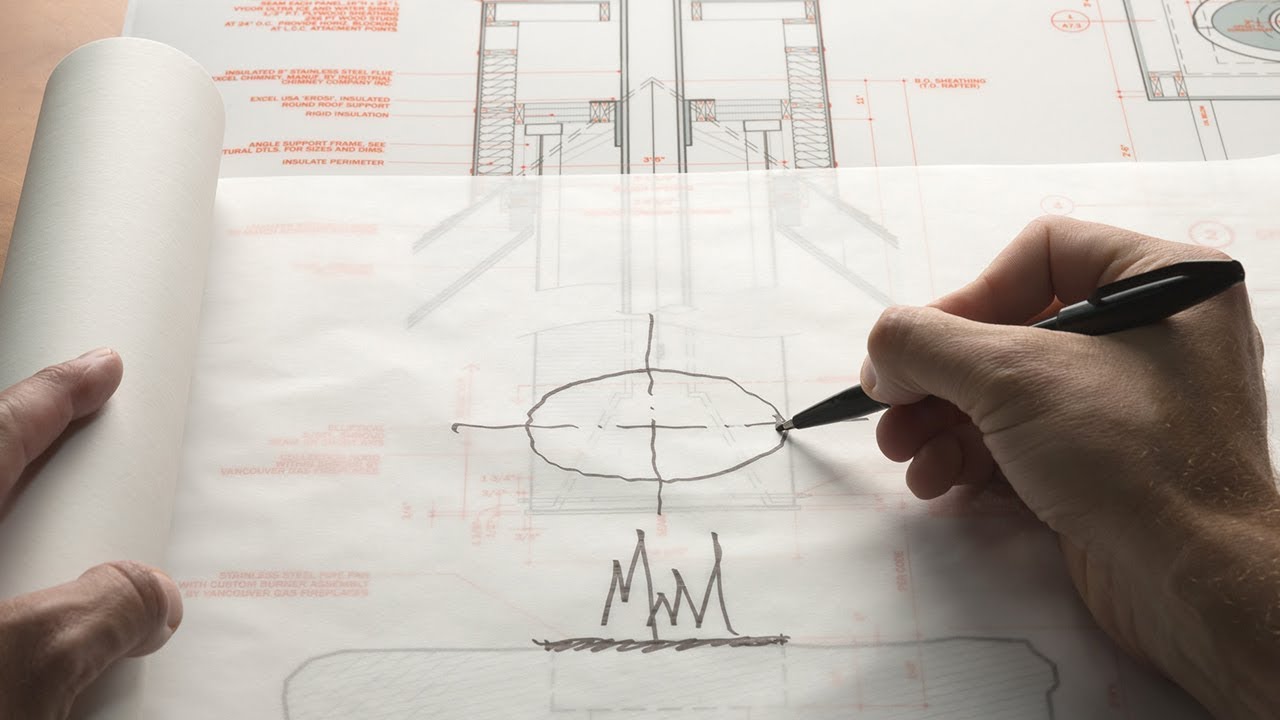
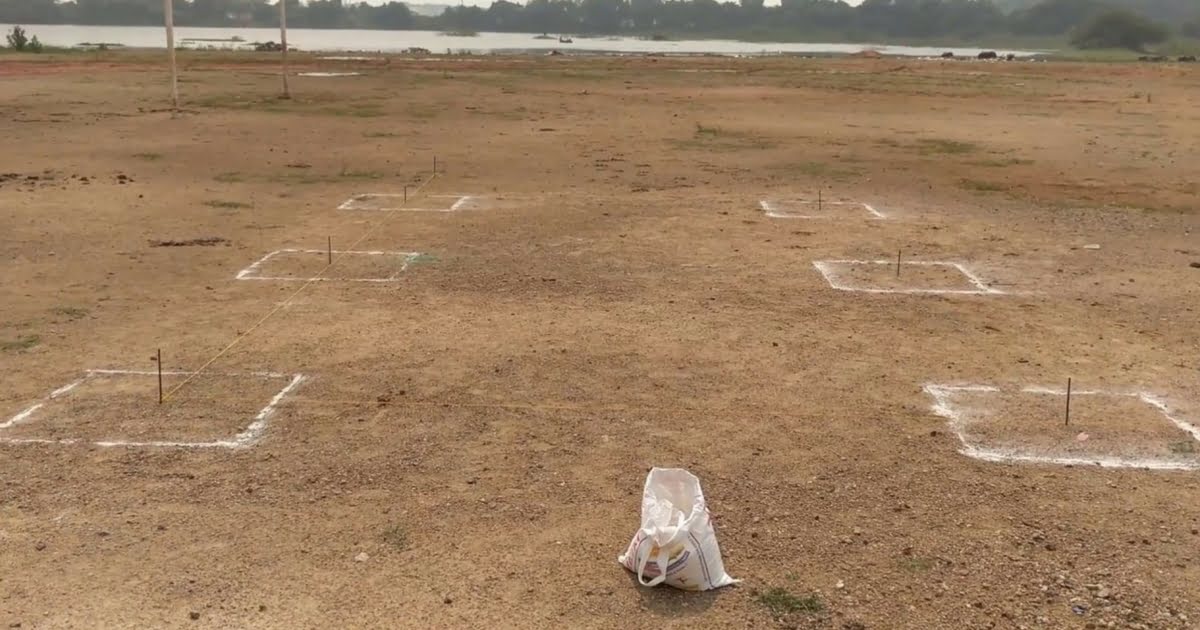

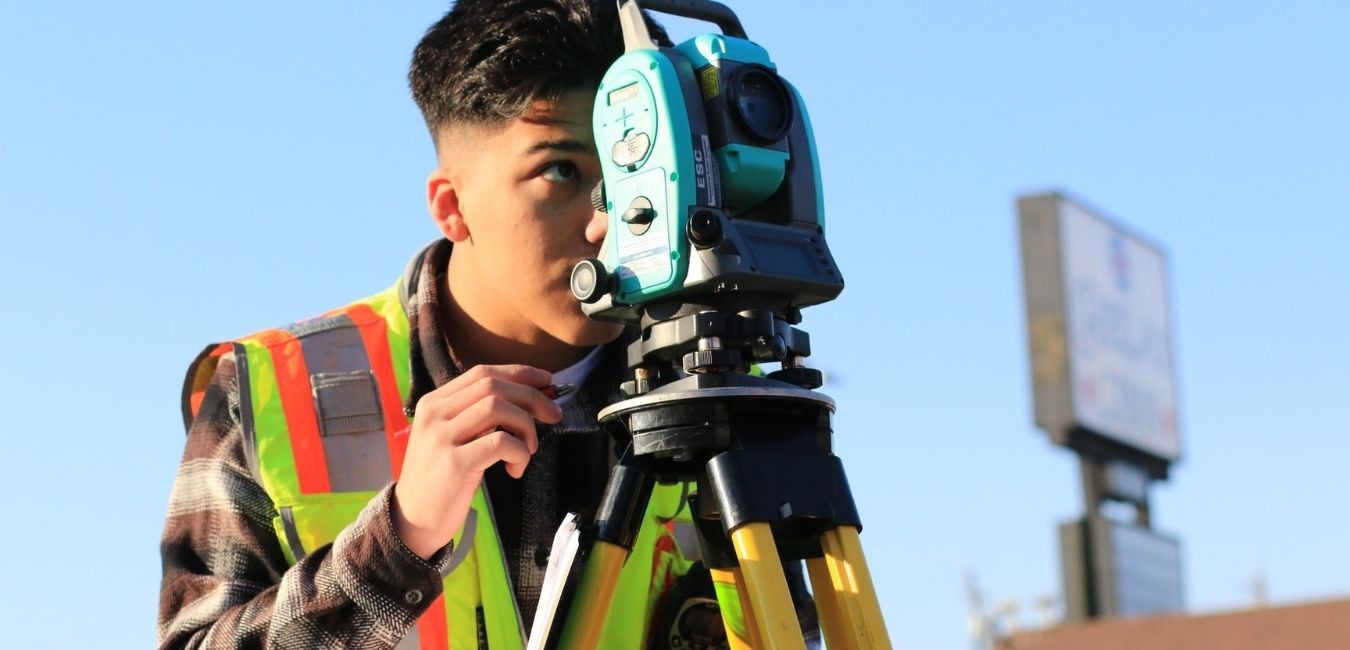
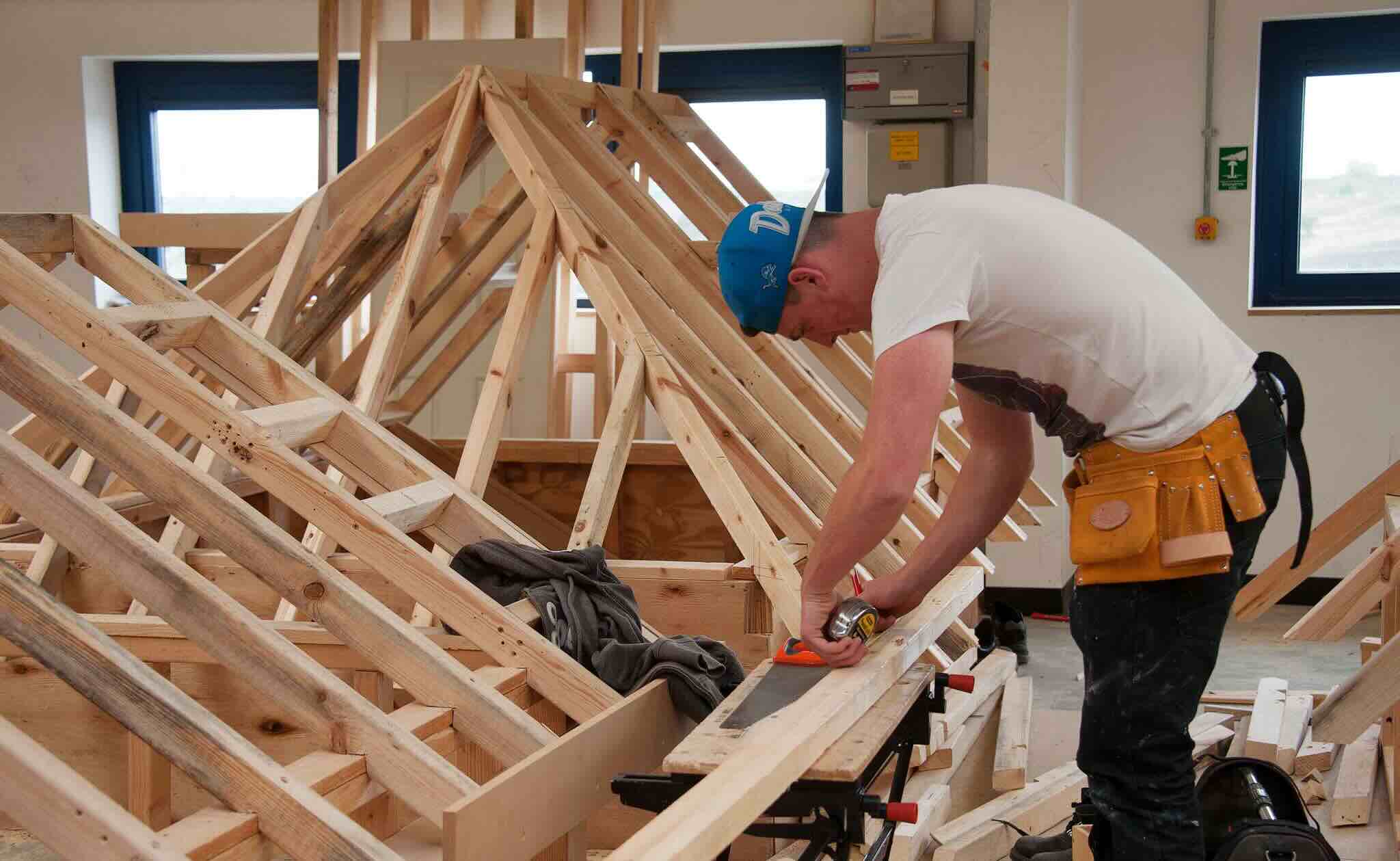
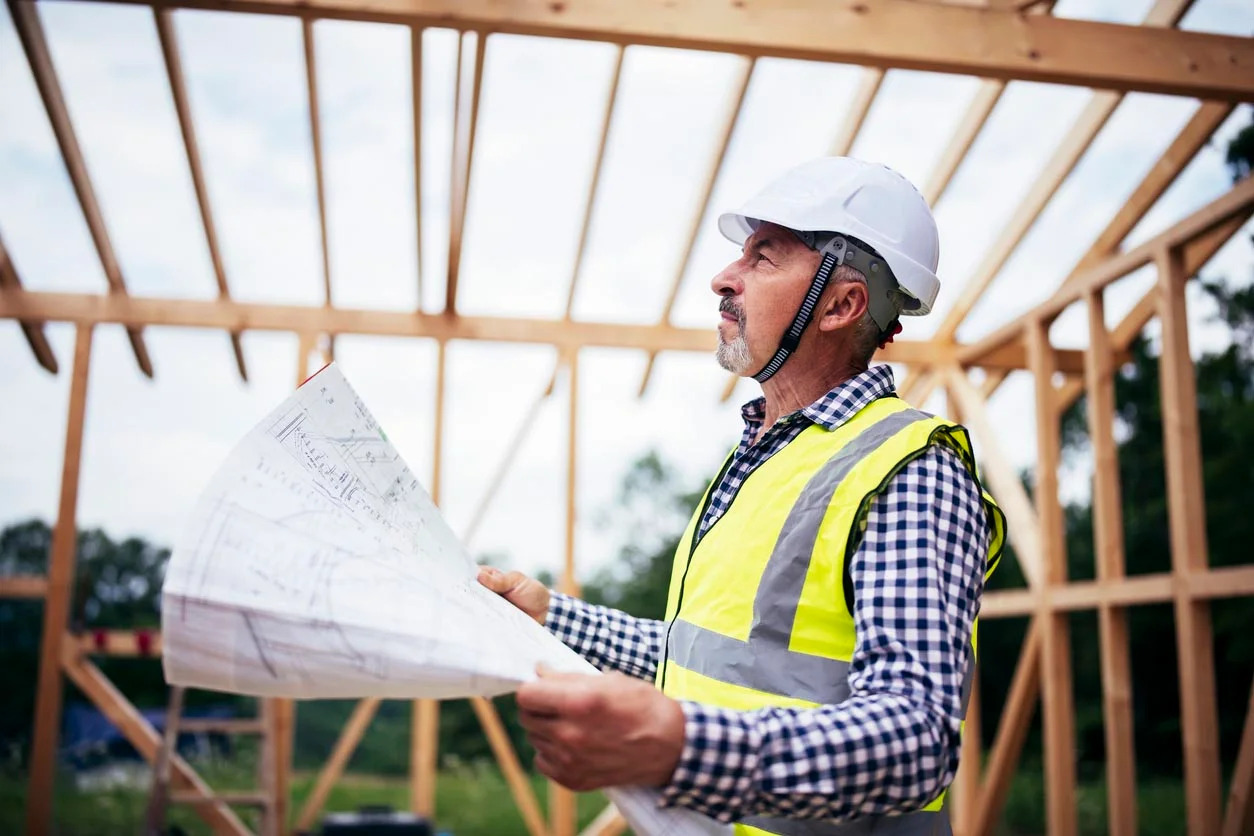

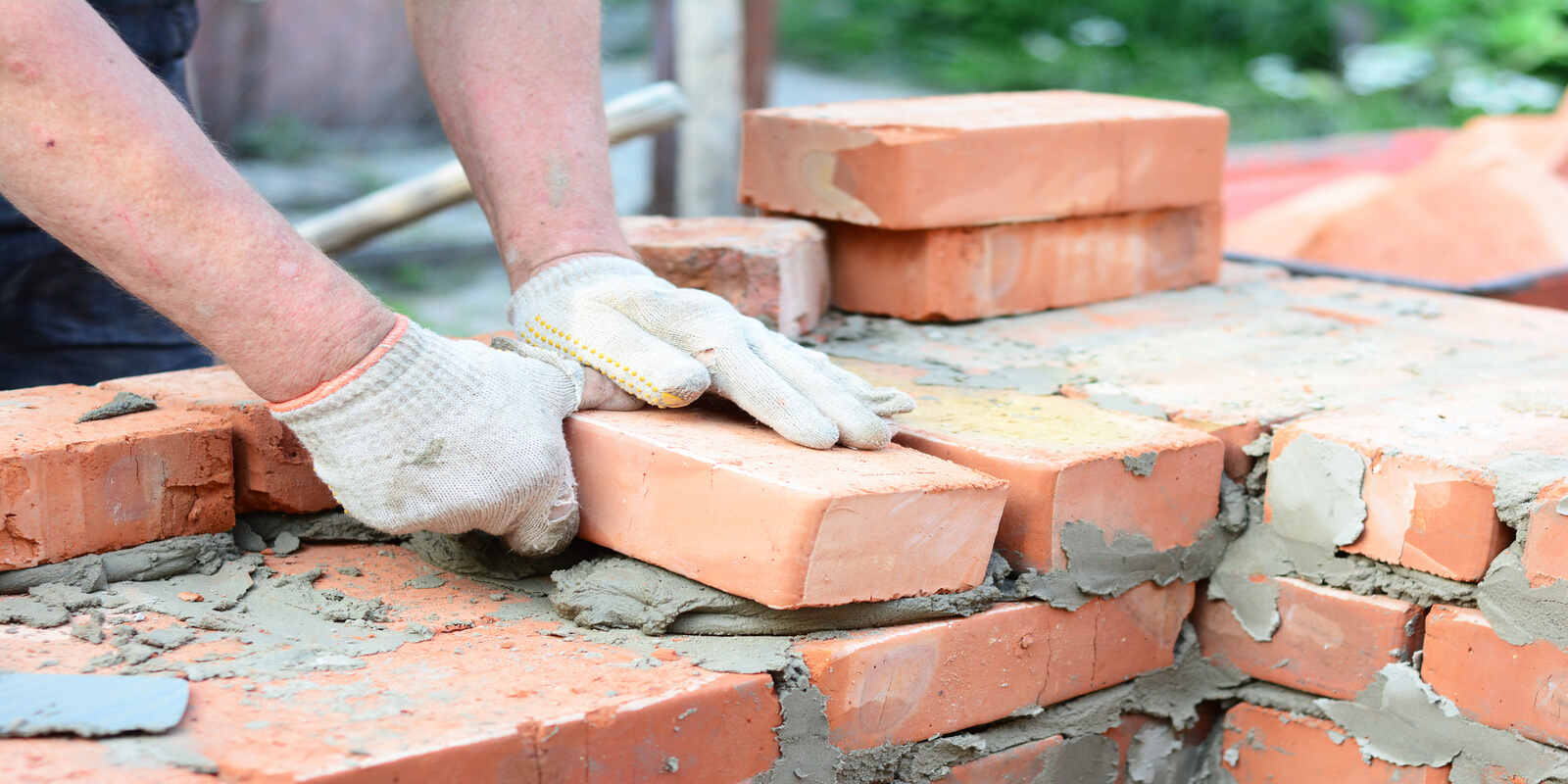
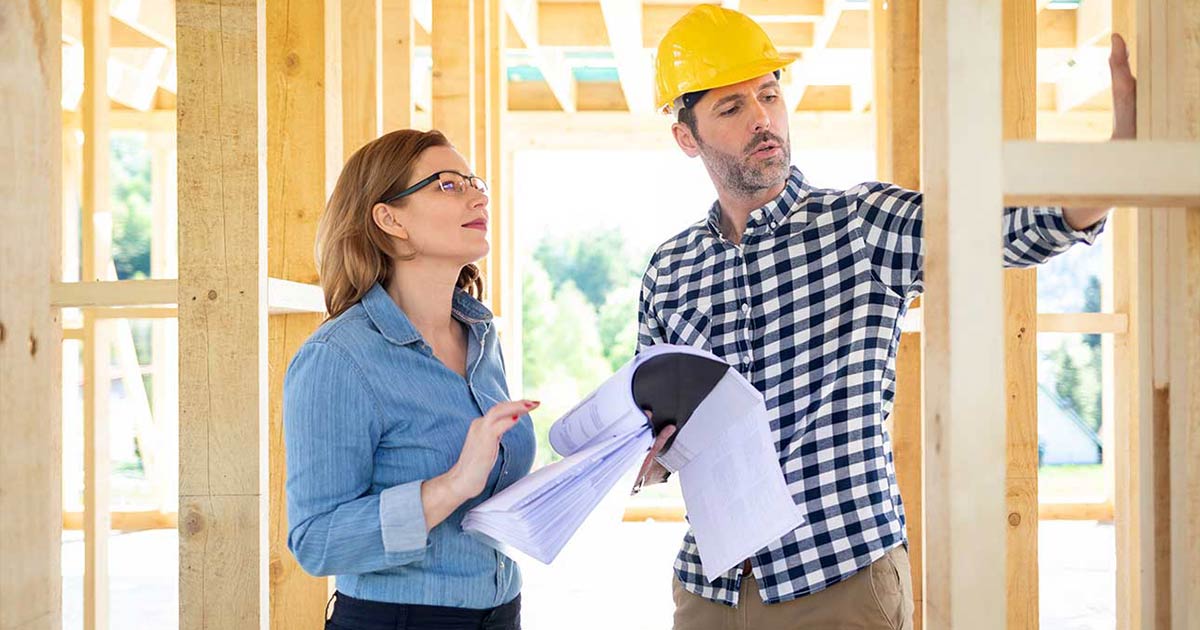



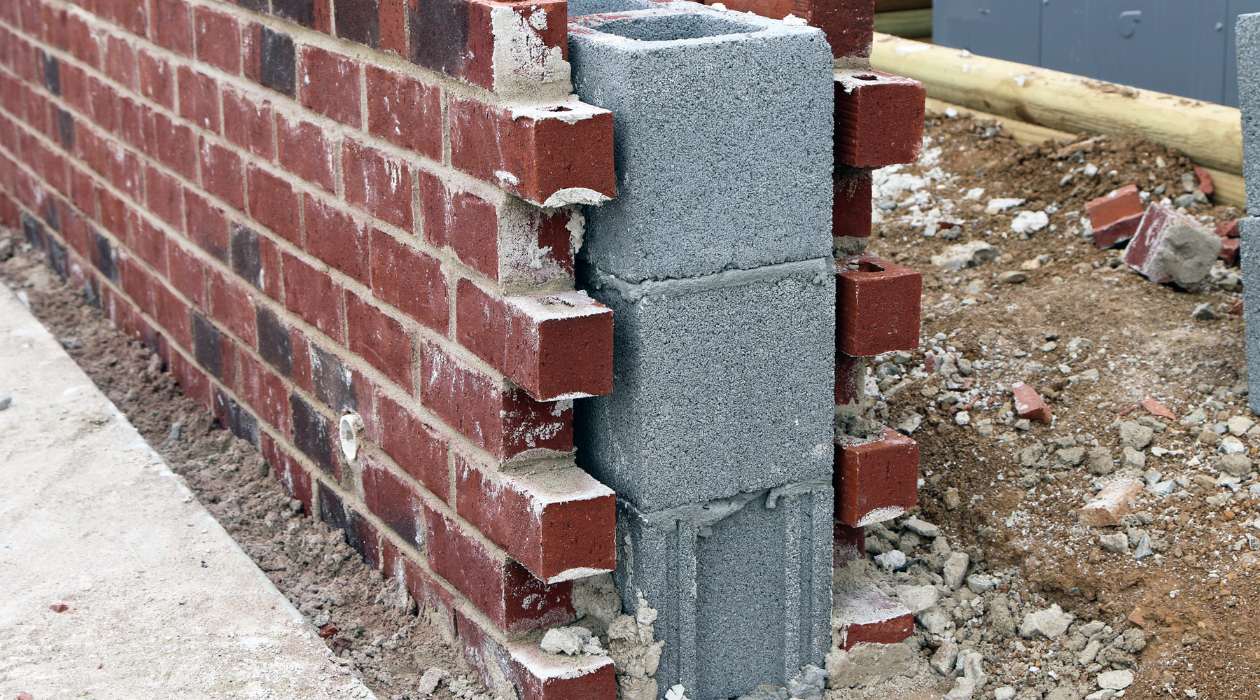
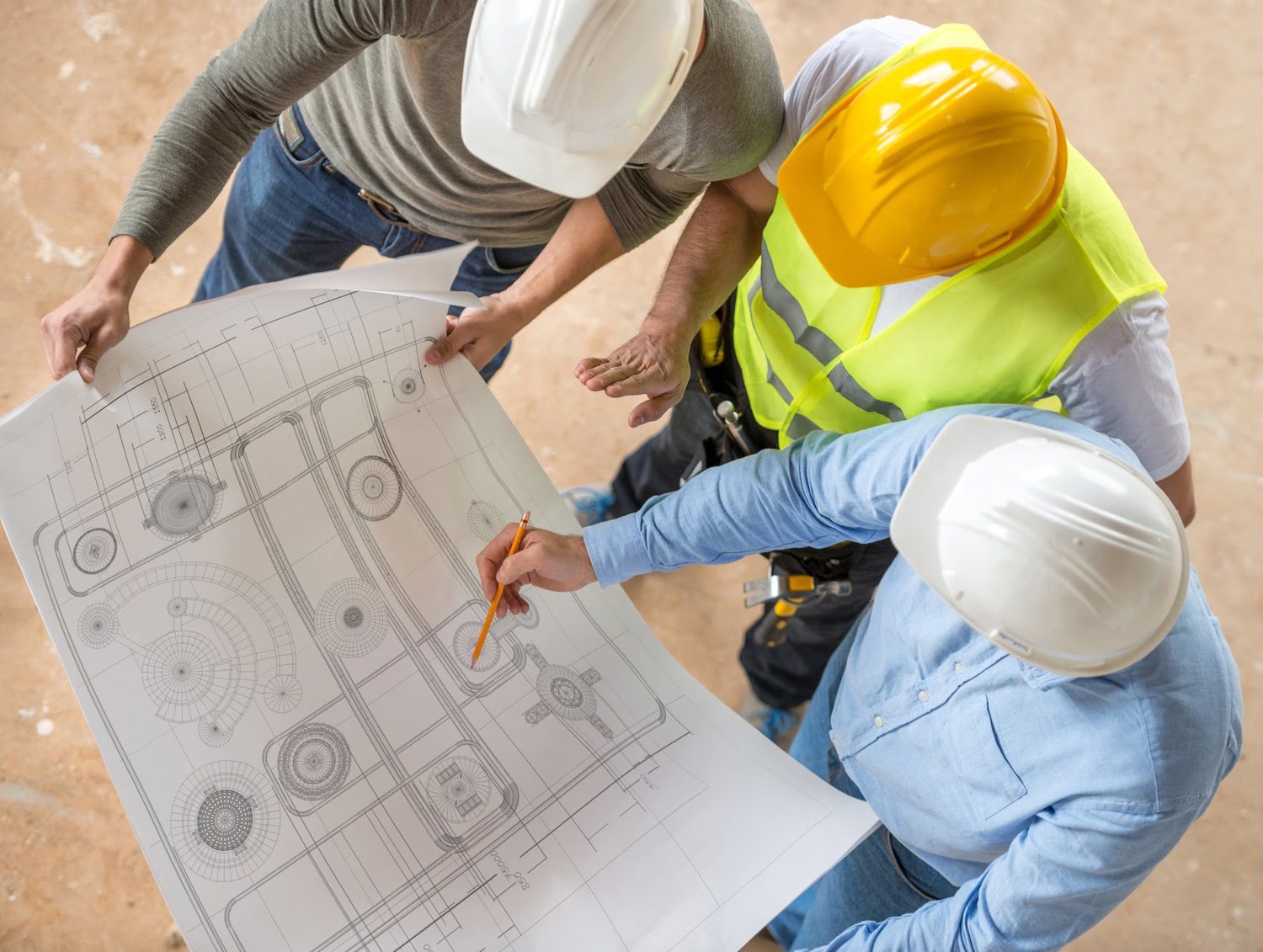

0 thoughts on “How To Do A Takeoff In Construction”